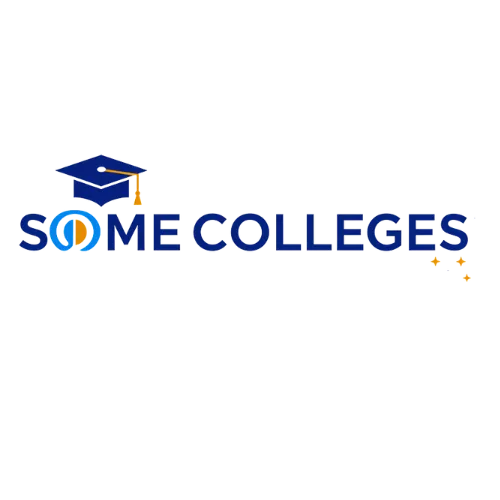What’s the Counterpart to Lectures in College Science Courses?
What’s the Counterpart to Lectures in College Science Courses?
The question many students—and even some instructors—ask is, what's the crucial balance to the theoretical foundation provided by lectures in science-based college courses? The answer often lies in the practical application of those theories. The true lectures counterpart in college science courses isn't simply another lecture; it's hands-on experience. This article explores the vital role of experiential learning in complementing lectures and ensuring a robust understanding of scientific principles.
The Limitations of Lectures Alone
While lectures provide a valuable framework for understanding complex scientific concepts, their limitations are well-documented. Passive listening alone doesn't guarantee knowledge retention or the ability to apply that knowledge. Students may struggle to visualize abstract concepts, connect theory to practice, or develop essential problem-solving skills solely through lectures. This is especially true in STEM fields where practical application is paramount.
The Essential Role of labs, practicals
The lectures counterpart in college science courses is undeniably the laboratory experience. Whether it's a biology lab dissecting specimens, a chemistry lab performing titrations, or a physics lab designing experiments, labs, practicals provide the fundamental link between theory and practice. These hands-on experiences allow students to:
- Reinforce theoretical concepts: Applying learned theories in a real-world setting solidifies understanding and identifies any knowledge gaps.
- Develop practical skills: Labs, practicals hone essential techniques and methodologies crucial for future scientific endeavors.
- Cultivate problem-solving abilities: Experimental work inevitably presents challenges, forcing students to troubleshoot, analyze results, and reach informed conclusions.
- Enhance critical thinking: Analyzing experimental data and interpreting results promotes critical thinking and the ability to form evidence-based judgments.
- Improve teamwork and communication: Many labs, practicals involve collaborative work, fostering teamwork, communication, and the ability to work effectively in a group setting.
Types of Practical Applications in Science Courses
The specific nature of the lectures counterpart in college science courses varies greatly depending on the discipline. Consider these examples:
- Biology: Dissections, microscopic examinations, plant cultivation, fieldwork, genetic analysis.
- Chemistry: Titrations, spectrophotometry, synthesis of compounds, chromatography, qualitative analysis.
- Physics: Experiments involving mechanics, electricity, magnetism, optics, thermodynamics.
- Computer Science: Programming projects, software development, simulations, data analysis.
Bridging the Gap: Effective Integration of Theory and Practice
The most effective science education strategically integrates theoretical lectures with practical labs, practicals. This isn't a simple case of one following the other; instead, a seamless integration is crucial. Here are some strategies to effectively combine lectures and practical work:
Pre-Lab Assignments
Assign pre-lab readings or quizzes to ensure that students arrive prepared for the practical session. This focused preparation maximizes the learning potential of the lab, allowing instructors to address specific questions and tailor instruction to individual needs.
Post-Lab Reports and Analyses
Require detailed reports outlining experimental procedures, results, analysis, and conclusions. These reports provide valuable opportunities for assessment, feedback, and further refinement of understanding.
Active Learning Techniques in Lectures
Incorporate interactive elements into lectures, such as demonstrations, group discussions, and problem-solving activities. This active learning approach engages students and helps bridge the gap between theoretical knowledge and its practical application.
The Use of Technology in Complementing Lectures
Simulations and virtual labs can broaden and enrich the learning experience, especially when access to physical labs is limited.
Assessing the Effectiveness of Lectures Counterpart in College Science Courses
Measuring the success of the lectures counterpart in college science courses requires a multifaceted approach beyond simple grades. Consider these assessment methods:
- Regular quizzes and assignments: These assess comprehension and retention.
- Practical exams: These evaluate the acquisition of technical skills.
- Comprehensive final projects: These assess the student's ability to integrate theoretical knowledge with practical skills and problem-solving strategies.
- Student feedback: Collecting student opinions on the course structure provides insights into the effectiveness of the curriculum.
The Future of Lectures Counterpart in College Science Courses
The evolution of technology continues to shape the lectures counterpart in college science courses. Virtual reality (VR) and augmented reality (AR) are emerging as powerful tools for immersive, hands-on learning experiences. These technologies offer opportunities for students to participate in simulated experiments, explore complex systems, and engage with scientific concepts in novel and effective ways.
AI-Generated Tips for Students
Beginners: Don't be afraid to ask questions during labs, practicals and lectures. Engage actively with the material and seek clarification when you encounter challenges. Form study groups to collaborate and learn from one another.
Professionals: Reflect on your own learning experience. How did your labs, practicals enhance your understanding of core concepts? Consider how you can incorporate active learning and experiential elements into your own teaching or mentoring.
In conclusion, the lectures counterpart in college science courses is not a mere supplement but an integral component of effective science education. By carefully integrating theory and practice, educators can cultivate a generation of scientifically literate individuals prepared to tackle the complexities of the 21st century.

